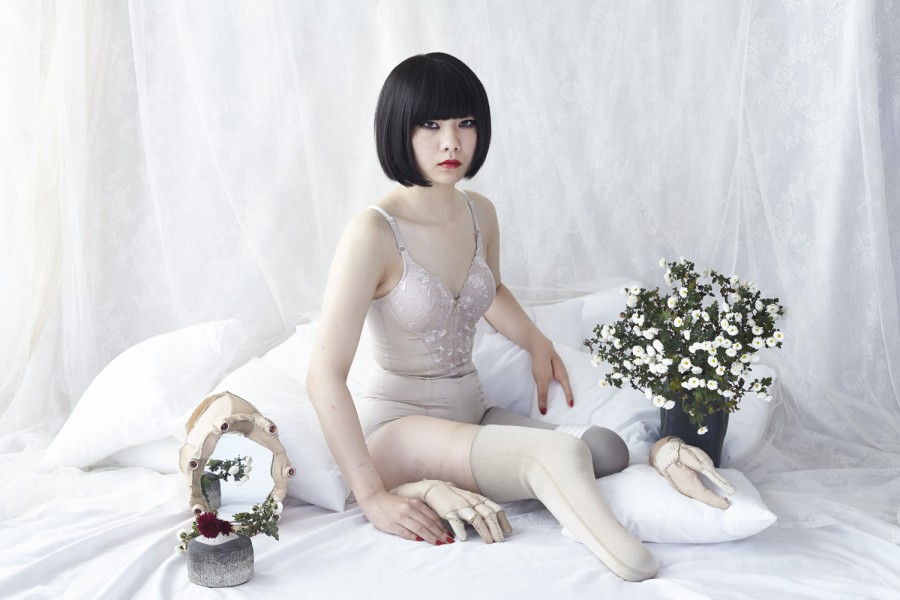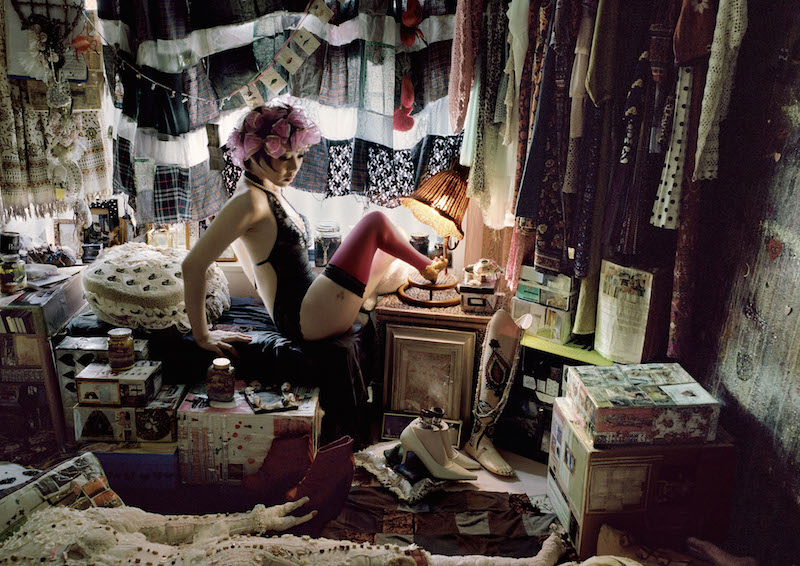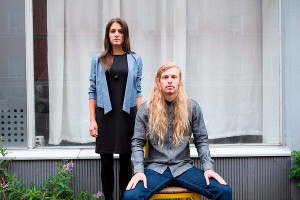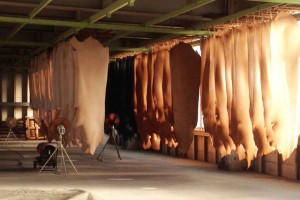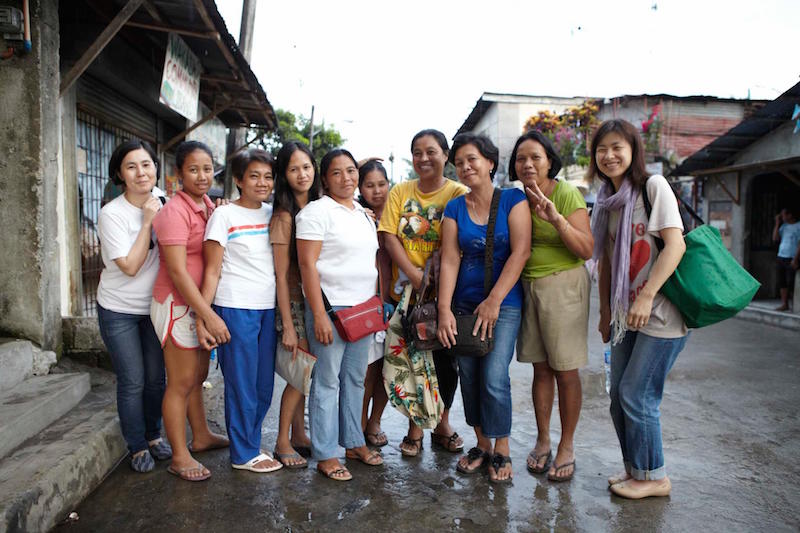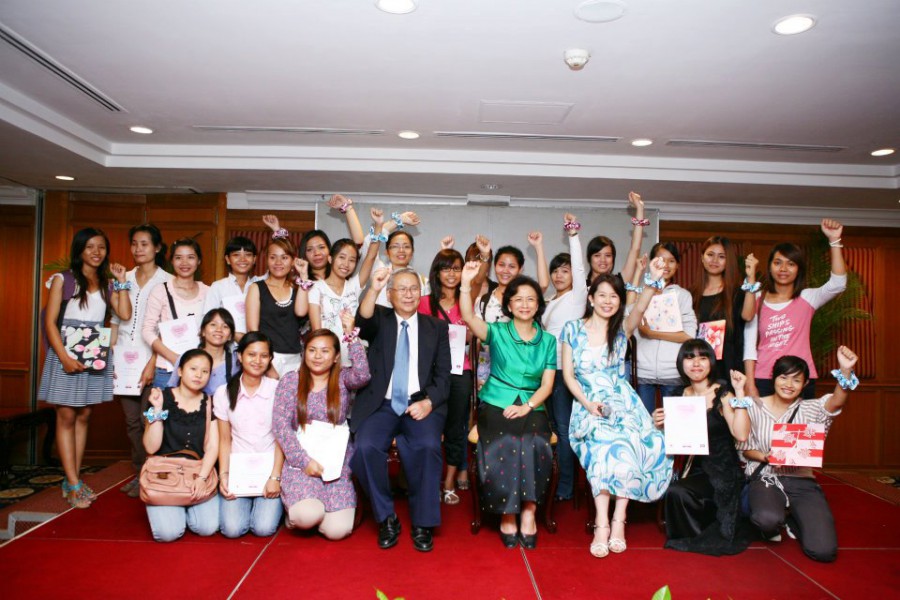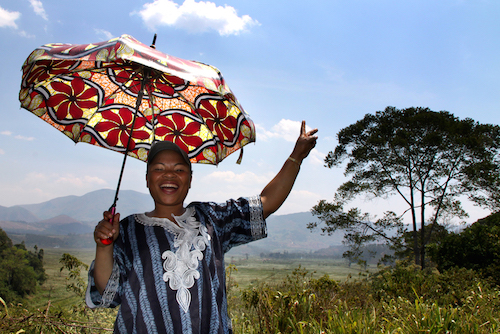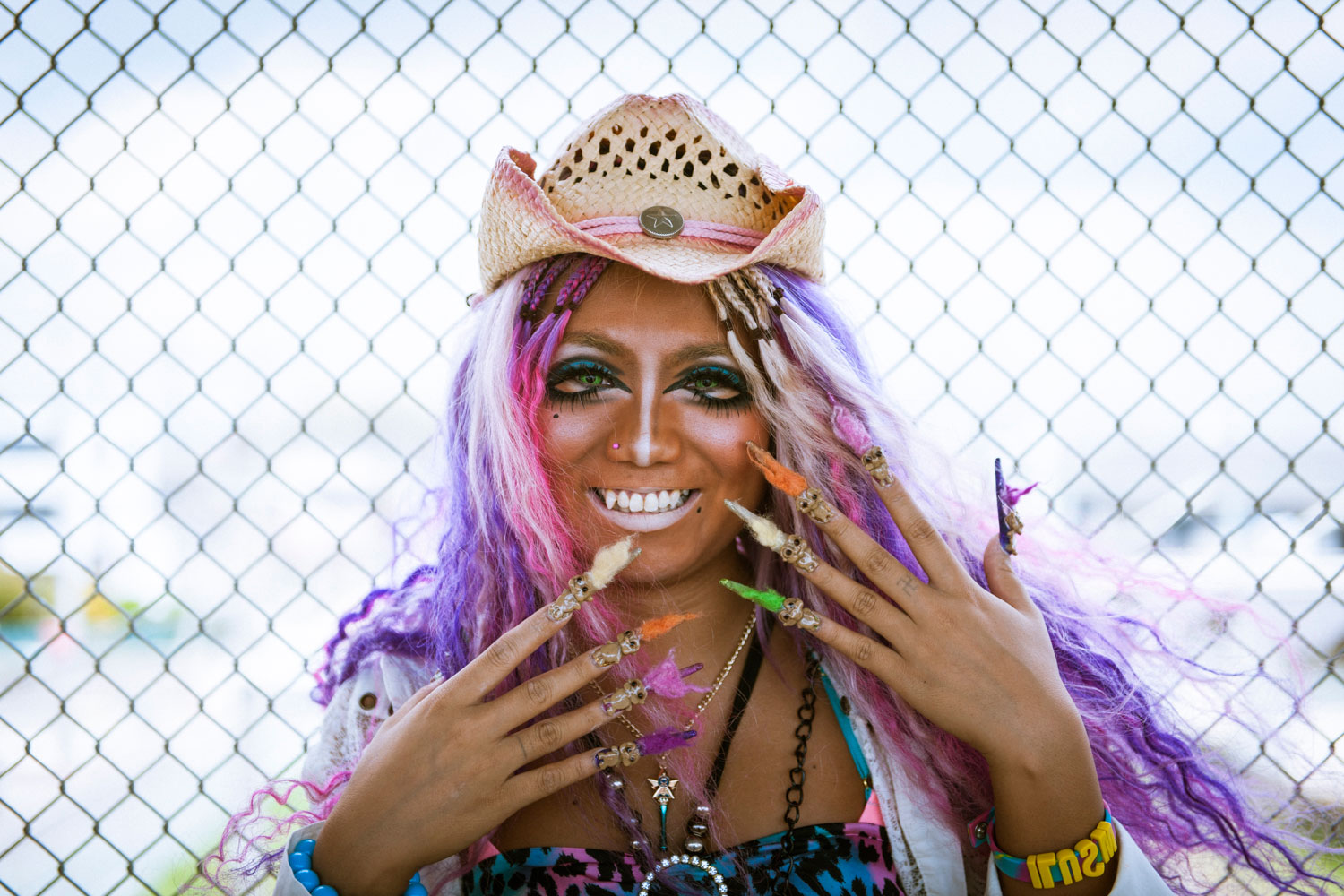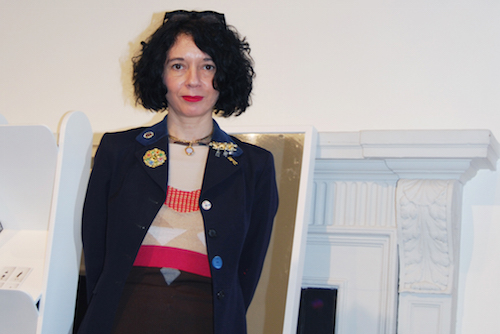Is someone your personal “star” or role model for your job? Is there someone you imagine when you face a problem? Someone who could give you a hint what to do in such a case just by thinking about her? Not only in one’s job, but also with fashion, “stars” always inspire and motivate girls.

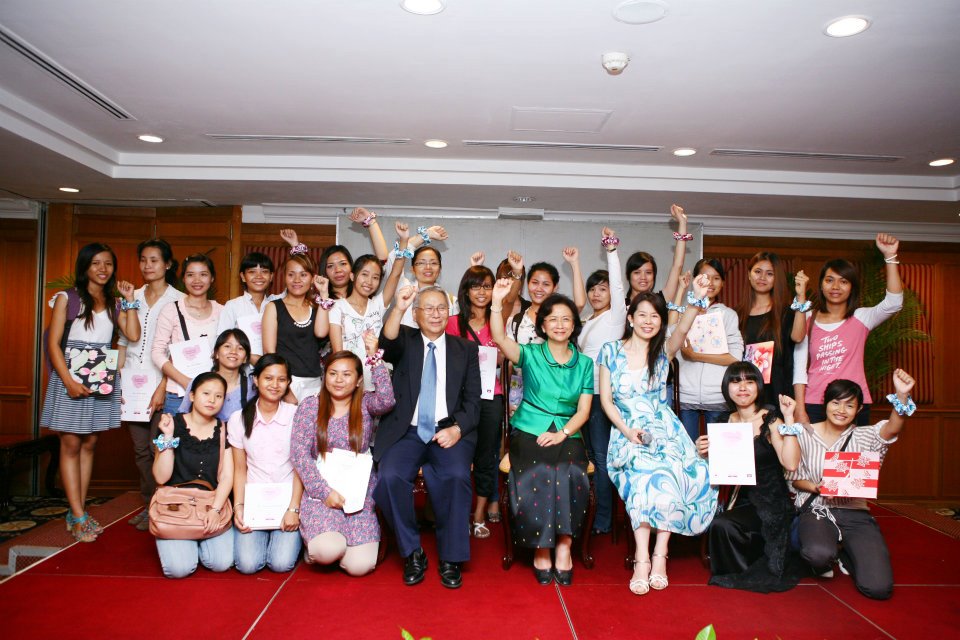
Under the slogan of “Make Dreams of Asian Women of Developing Countries Come True through Design”, the Dream Girls Project (DGP) is a social project that creates role models to inspire young girls about their career. DGP held their 2nd competition this March, which ended with great success.
DGP’s mission is to produce opportunities for girls to make their career dreams come true through designing jobs, such as being a graphic designer. Being successful with one’s job means to be contributing to the economy—which eventually will lead to the empowerment of women. To generate a cycle of success, the girl whose dreams have come true will inspire other girls and support each of them in her own way, in turn herself becoming another girls’ role model. In order to succeed in that goal, DGP produces the following opportunities: ①a “spotlighted stage” to find the new talent, ②the chance to brush up one’s skills and ③support to be successful with the job of one’s dreams.
As one of the steps to provide a “spotlighted stage”, DGP has held the “Design Contest for Girls” since 2011. The theme given to the contestants in the 1st contest in 2011 was “Flower and the Butterfly”; based on the theme, 201 applications with 283 pieces were submitted. Twenty contestants reached the finals, and 10 were awarded prizes.
The founder of this project, Wakana NUKUI, says she decided to create the project when she visited Cambodia in 2009 for business. “Cambodian girls have ideas that Japanese wouldn’t come up with. I thought there is enough potential with their design to stand out in the market”.
In the 2nd competition held this March, the producers of DGP have developed a new advisory step before the final judge, which helps the participant to brush up their pieces. During one week of advisory assistance, the contestants will get feedback from NUKUI and get chance a to revise her suggestions into their final piece. NUKUI recalls that she felt the passion and motivation within the finalists from their attitude, while listening to every single word and trying every day to make each piece better.
On the top left, are the pieces before the advisory step. After they came out into the one on the right.
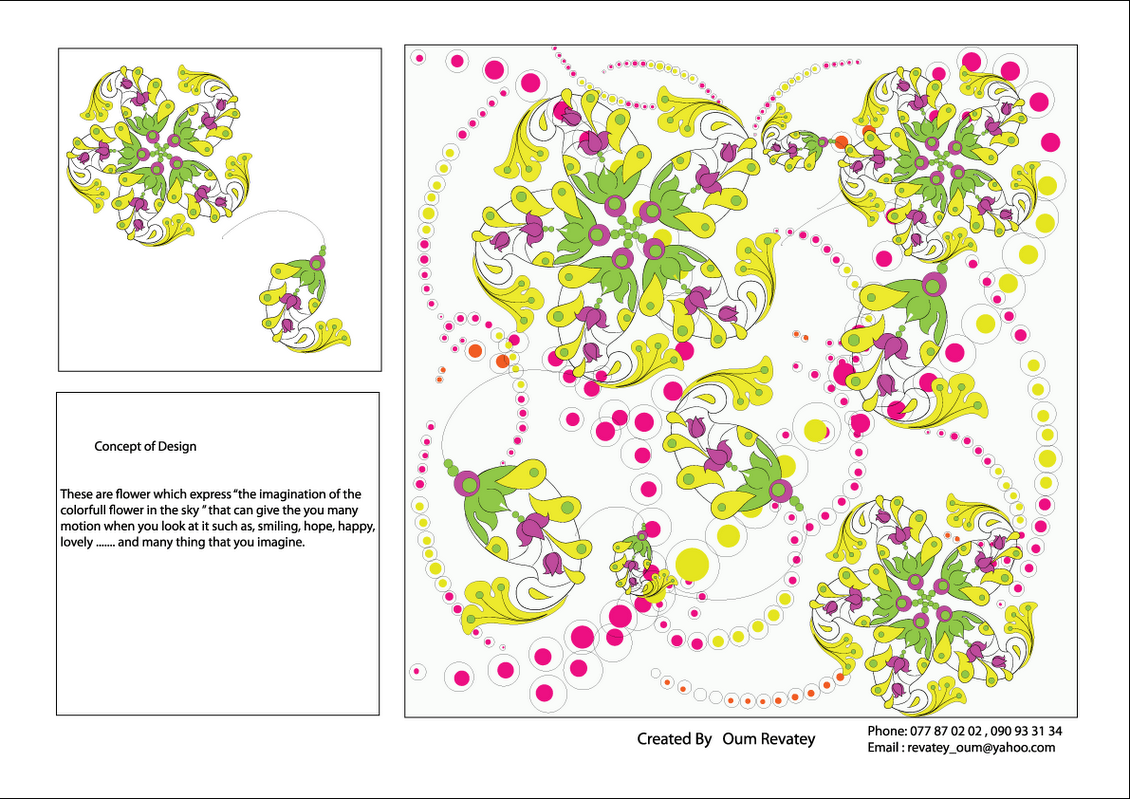
1位入賞作品。The piece which won the 1st Prize.
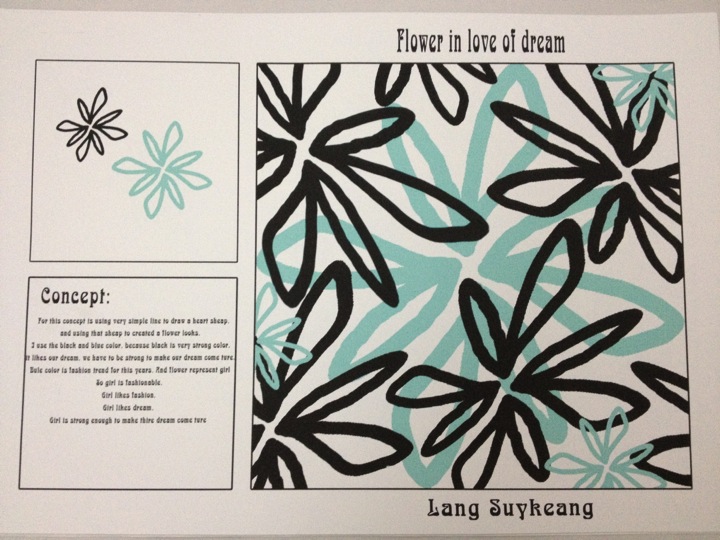
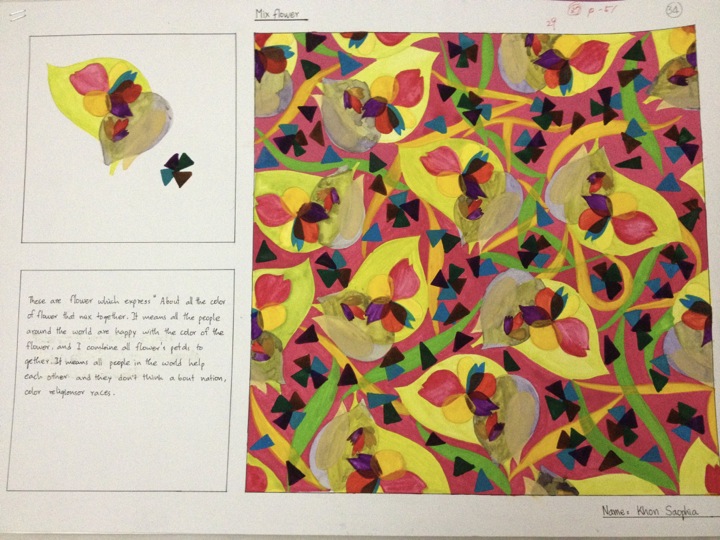
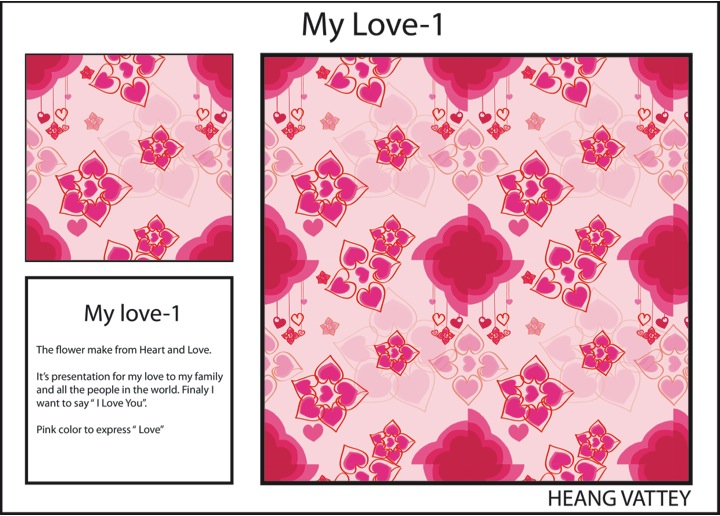

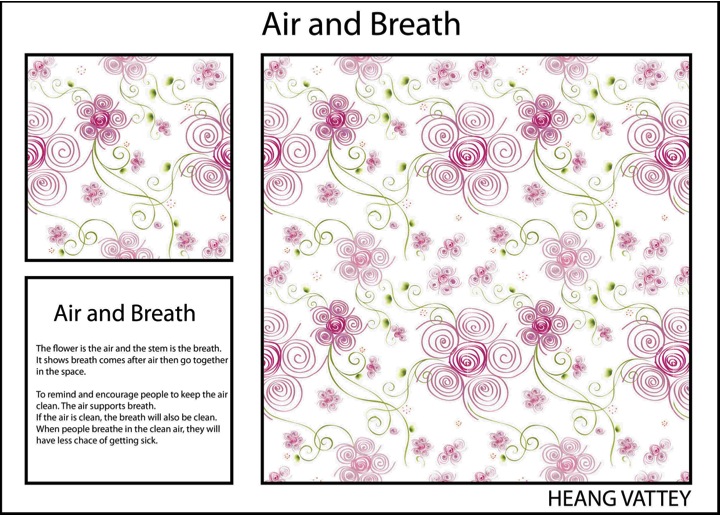
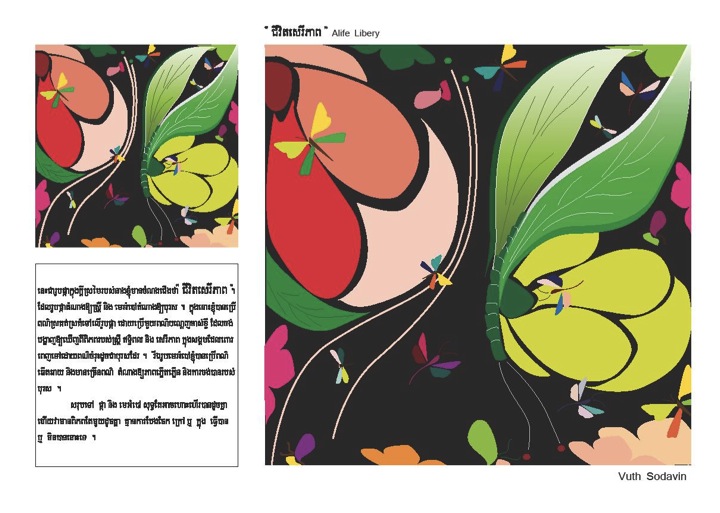
There are two sections in this contest, the Pattern Designing section and the Character Designing section. The awarded pieces from the Pattern Designing section will be commercialised as iPhone covers, clocks and diary covers (→Online Shop). Newly born Characters from the Character Designing section will be fully supported to become national iconic characters like Hello Kitty. Any income from either of the winning pieces will be given to the designers as a royalty from the company that uses the design.
NUKUI says she plans to create designing course/schools in Cambodia and also to present this contest in other Asian countries.
Empowering local women with design—this is a common phrase that we hear. However, empowering women’s designing skill itself is quite new, because many business models say they offer designs done by a fine designer from developed countries. In this case, design is the métier through which an individual may get that essential push to help her fulfil her dream. Indeed, perhaps designing one’s own life is an activity to push oneself forward to fulfill one’s dreams. Even though Cambodian women have had that will to push themselves forward, they didn’t have enough opportunities to do so. But from now on, from this contest, we should look forward to seeing Cambodian girls playing an active part as designers in the world. In that case, it will not be only other Cambodian girls that might get inspired.

